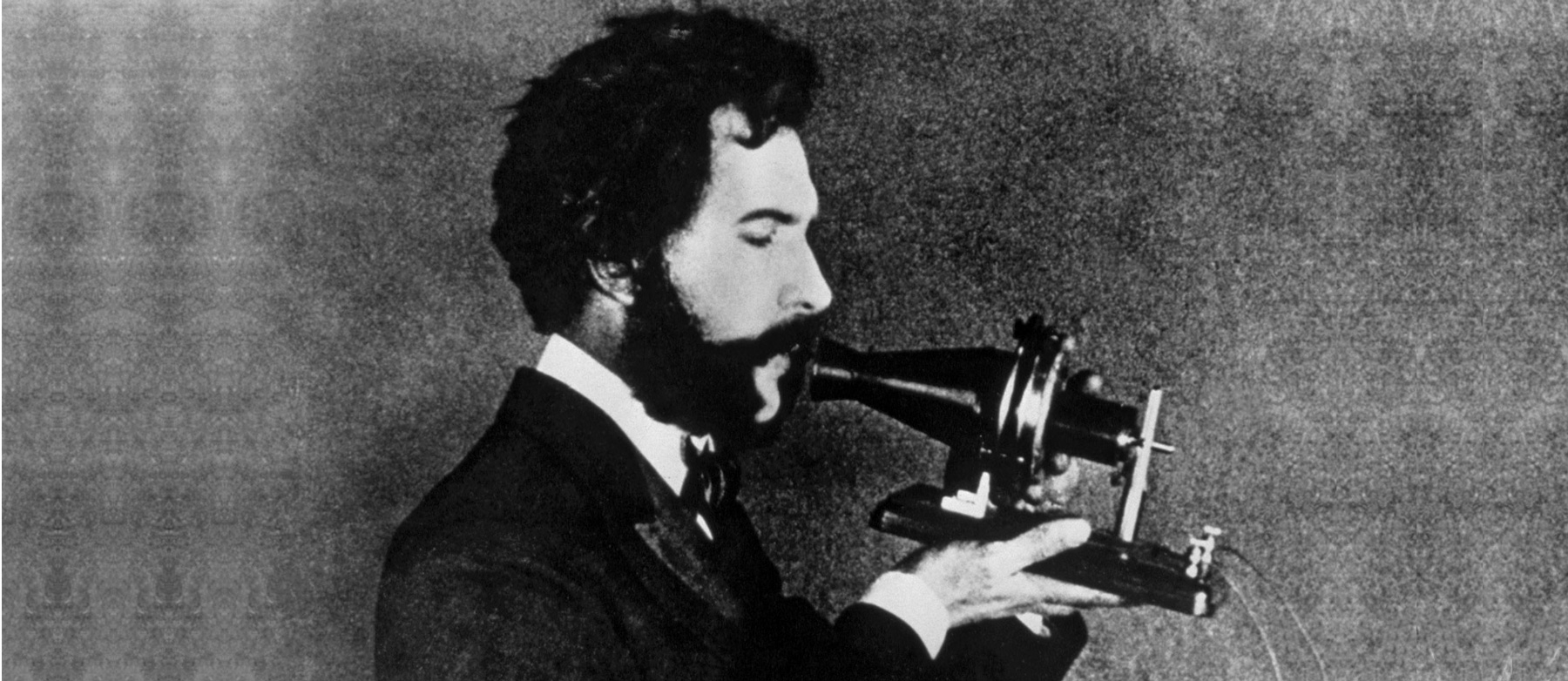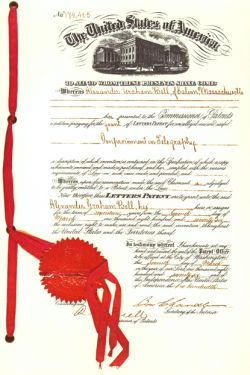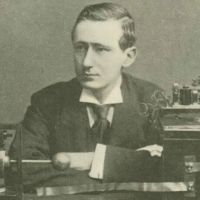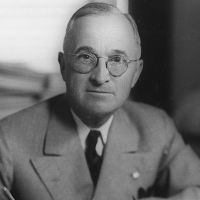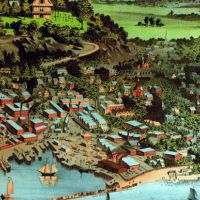Primary Source
From the journal of Alexander Graham Bell, March 10, 1876:
Mr. Watson was stationed in one room with the Receiving Instrument. He pressed one ear closely against S and closed his other ear with his hand. The Transmitting Instrument was placed in another room and the doors of both rooms were closed.
I then shouted into M the following sentence: "Mr. Watson - Come here —I want to see you." To my delight he came and declared that he had heard and understood what I said.
I asked him to repeat the words. He answered "you said `Mr. Watson —come here —I want to see you'." We then changed places and I listened at S while Mr. Watson read a few passages from a book into the mouth piece M. It was certainly the case that articulate sounds proceeded from S. The effect was loud but indistinct and muffled.
If I had read beforehand the passage given by Mr. Watson I should have recognized every word. As it was I could not make out the sense — but an occasional word here and there was quite distinct. I made out "to" and "out" and "further," and finally the sentence "Mr. Bell Do you understand what I say? DO-YOU-un- der-stand-what-I-say" came quite clearly and intelligibly.
n
On April 4, 1877, the world's first regular telephone line commenced operation, connecting the machine shop of Charles Williams at 109 Court Street, Boston, with his home in Somerville. Bell wrote to his wife Mabel:
I went into his office this afternoon and found him talking to his wife by telephone. He seemed as delighted as could be. The articulation was simply perfect, and they had no difficulty in understanding one another. The first Telephone line has now been erected and the Telephone is in practical use!
n
William Preece, chief engineer of the Post Office, wrote in his diary on May 17, 1877 :
During the day we sweltered in the western union building and during the evening we attended a lecture by Professor Bell on his telephone. We heard an organ distinctly that was played in New Brunswick 32 miles off, and conversed with a man there. Cyrus Field and I spoke and were answered clearly. It is a very wonderful performance and I am simply lost in amazement not so much at the performance itself as at the simplicity of the apparatus employed in producing the phenomenon.
Quoted in Alexander Graham Bell: A Life, by James Mackay (Wiley and Sons, Inc. 1997)


